Arguably, the most significant role of an educational leader is communicating a compelling vision for learning in the classroom and throughout the organization – school or district. I keep coming back to this quote from the recent book, Illuminate, by Duarte & Sanchez whenever I think of the influence a leader has over the vision that fuels the transformation journey,
Leaders anticipate the future. They stand at the edge of the known world, patrolling the border between “now” and “next” to spot trends. They help others see the future, too, guiding people through the unexpected and inspiring them to long for a better reality. (pg. 9)
But leaders can’t (and shouldn’t want to) work in isolation. A vision thrust upon an organization will not go very far. As with learner voice and choice in the classroom, we leaders must support the voice and choice of everyone in the visioning process.
Process
During the 2015-16 school year, we in the Salisbury Township School District engaged stakeholders in a year-long visioning process driven by two questions:
- What are the skills, knowledge/literacies and dispositions our graduates will need to be successful?
- What kinds of learning environments will best foster the development of these competencies and qualities?
My colleague, Assistant Superintendent, Lynn Fuini-Hetten, and I engaged with groups of stakeholders across the year and in different ways. Learn more about the details of our process in this interview with Dr. Rod Berger on EdCircuit .
- Students – student advisory groups; Shadow A Student Day; Question Week; survey
- Community and School Board – visioning sessions; survey
- Teachers – Innovate Salisbury focus group; Question Week; survey
- School Leaders – administrative team meetings; Question Week; survey
We also engaged experts and thought-leaders in educational innovations through the TLTalkRadio podcast. Over the course of the year, we interviewed 35 experts and tapped into their wisdom, informing our conversations with stakeholders and the final outcome of the visioning work.
Outcome of the Process
The final products of this work – our organizational vision for learning in the classroom – are the Profile of A Graduate and Beliefs About Learning. Full-size sketches can be accessed here.
Profile of A Graduate
Beliefs About Learning
Our learning beliefs are organized around the 5-pillar “north star” developed by Education Reimagined in their recent white paper, A Transformational Vision for Education in the US.
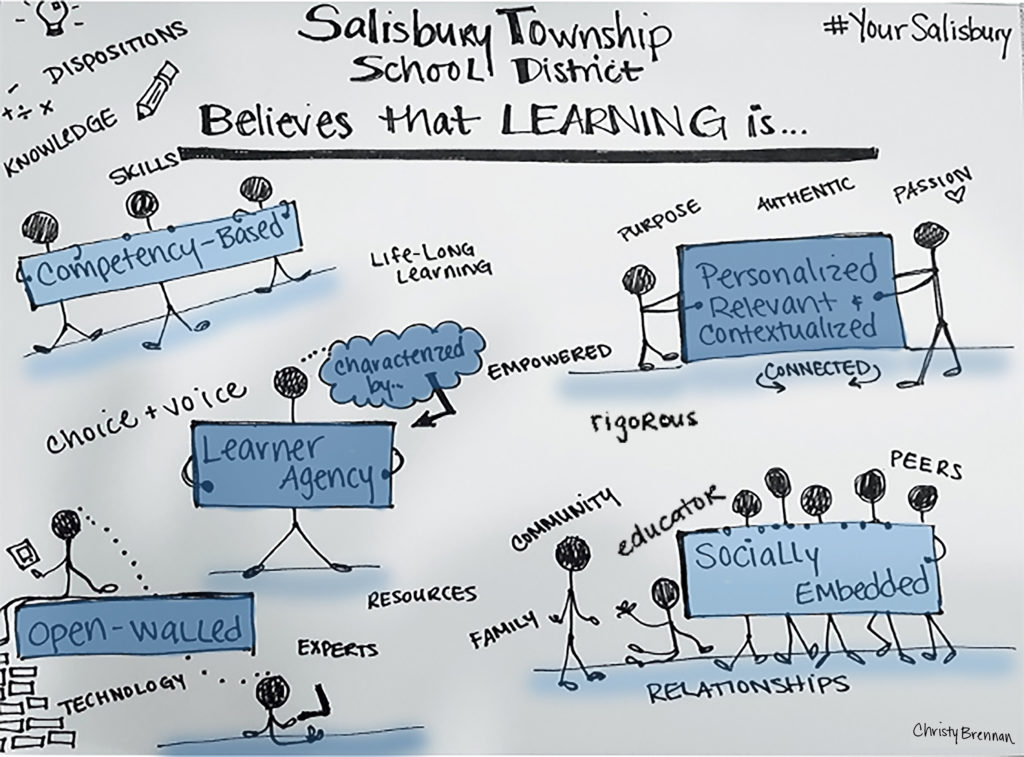
What’s next?
Our work this year through professional development will focus on the first steps in developing a common understanding of the components of the profile and learning beliefs. Building the capacity for change in our principals and teacher leaders will be a major focus through #YourSalisbury, a professional learning initiative similar to last year’s Innovate Salisbury. School leaders and teacher leaders will design and implement building-specific action plans supportive of the new Profile and Learning Beliefs. Central office staff will be there every step of the way to support the building level work.
The conversations around resources and initiatives (new and old) will also change, anchored in these two questions:
- How does/will the resource, activity, initiative, etc. move us closer to our vision?
- How might the learning environments we create in our classrooms, our schools and our community provide opportunities for learners to develop competency in the components of the profile?
We know that achieving this vision will take time, and it will most certainly be messy at times! By anchoring our conversations in the above questions about what we do for learners, we will move closer to that vision and ultimately do the best work for our learners.
How are you transforming learning in your school or district? What is your process?
Connect with Randy on Twitter and on the TLTalkRadio podcast!
Get new content delivered to your inbox and the ebook 3 Key Principles of Digital Transformation. The ebook contains valuable information from my experience leading a digital transformation and working with a variety of stakeholders over the past decade.
- A silver lining - January 22, 2022
- Is our use of tech working against us? 🤔 - September 8, 2021
- What’s NOT going to change in the next 10 years? 🤔 - September 7, 2021
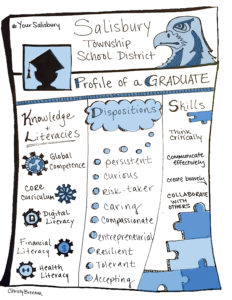
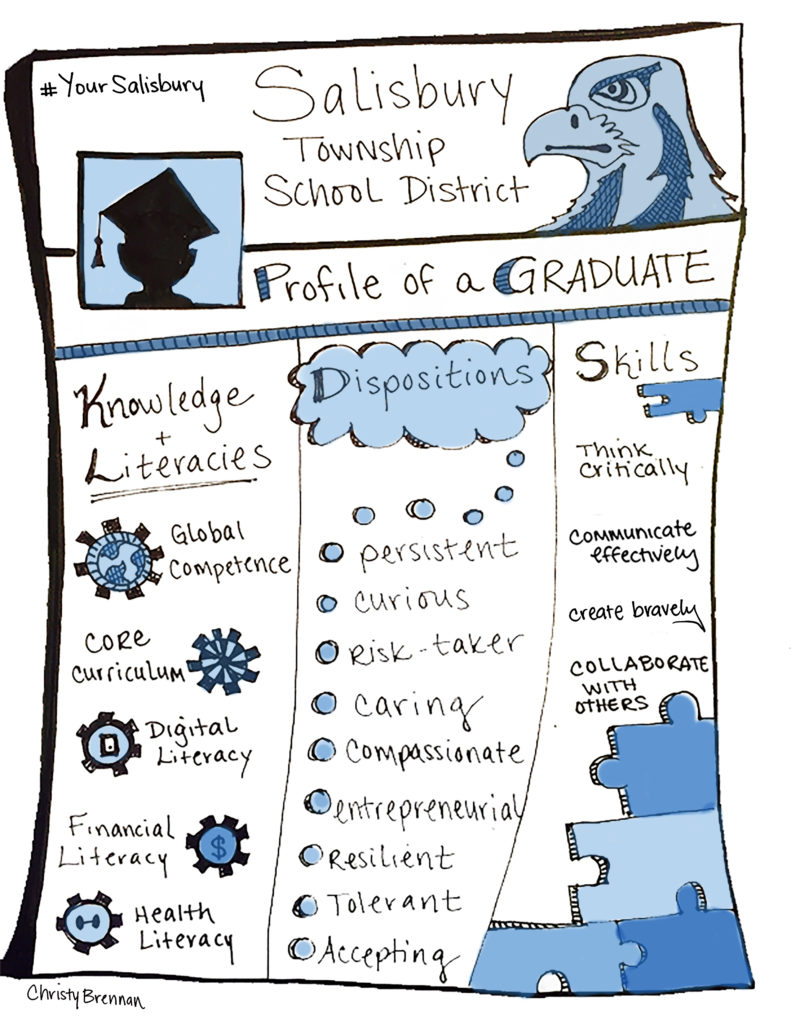
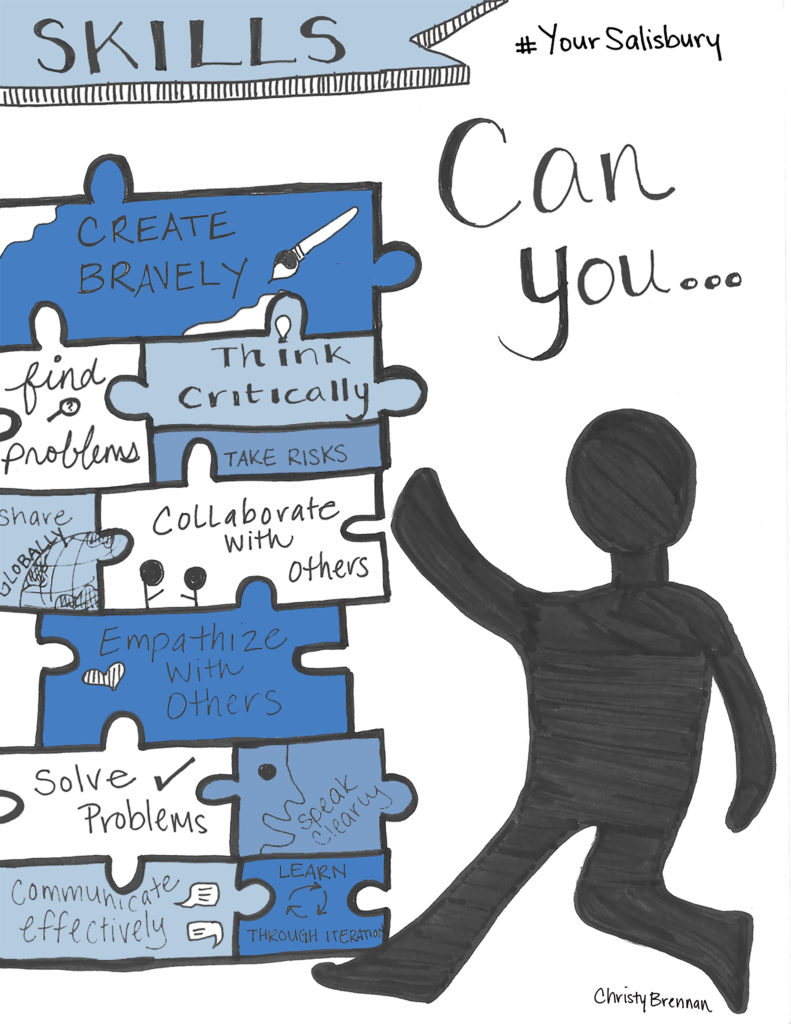
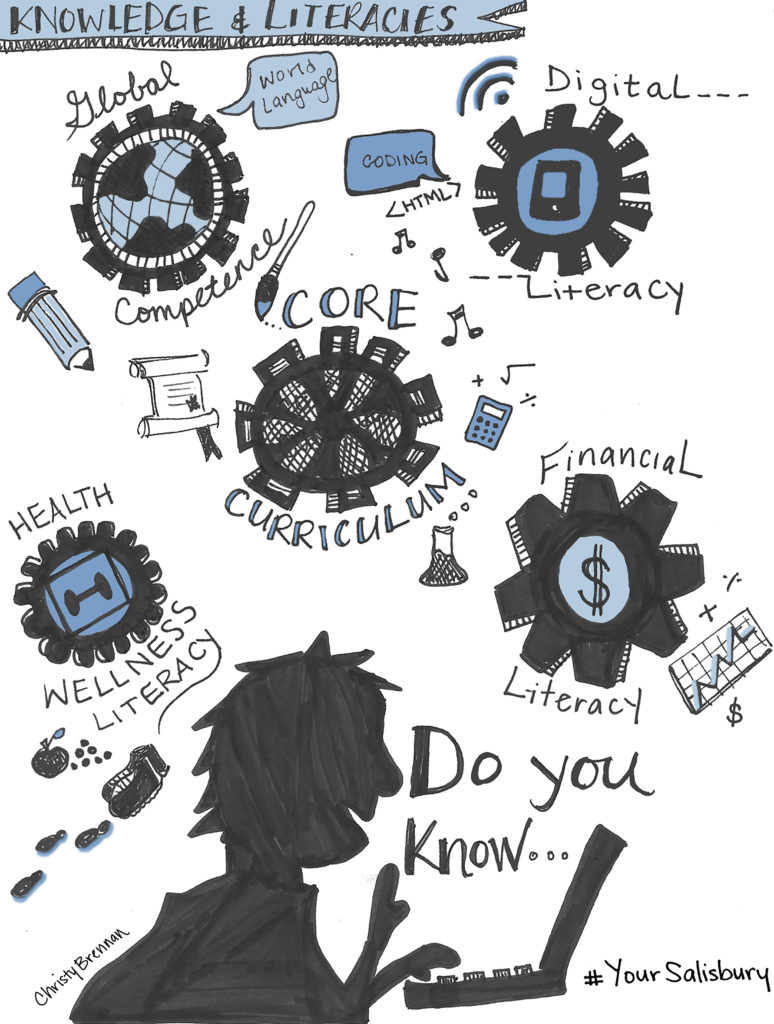
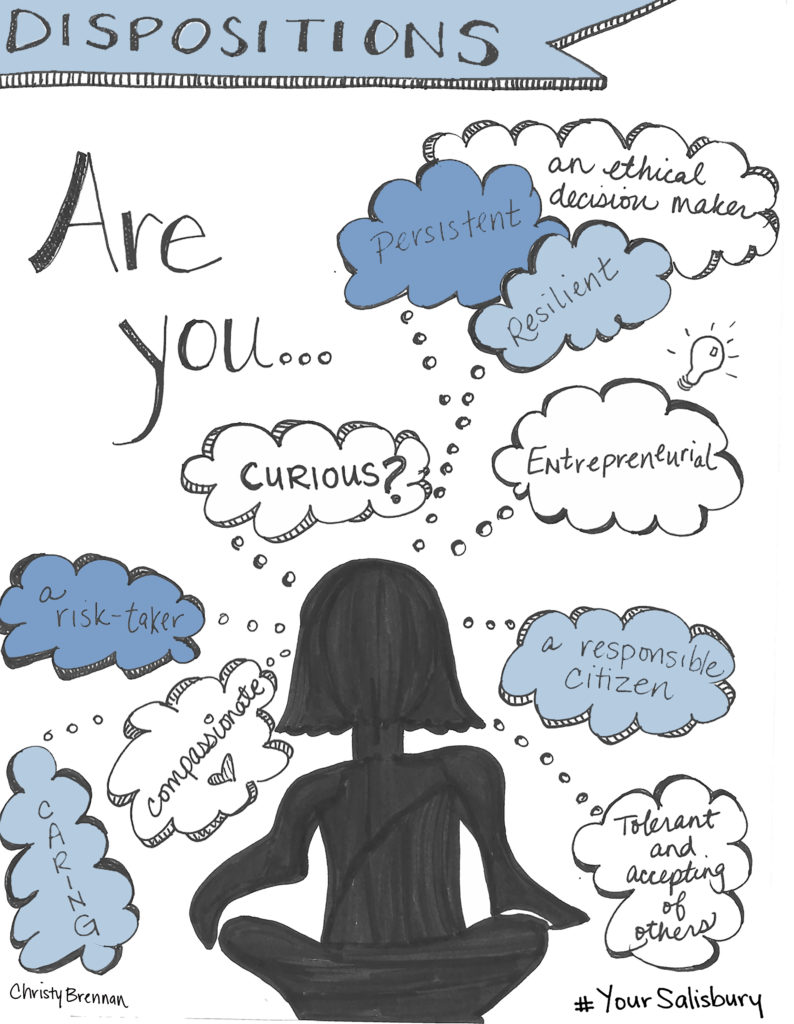
Randy, Thanks for sharing your process in Salisbury! I love the questions that have guided the development of the graduate profile and how they push all stakeholders to think about the type of students you want to develop. I especially appreciate your acknowledgement that the process will be messy. This is so important coming from the superintendent and sets the stage to allow for people to take risks as they move toward the vision. Look forward to following the #yoursalisbury journey.
Thanks for reading and taking the time to comment, Katie! Despite the mandates and somewhat negative tone to education conversations, I still believe it’s a really exciting time to be an educator, especially when we focus on the significant work. I’m looking forward to the journey as well and will be sure to share it here.
Very impressive